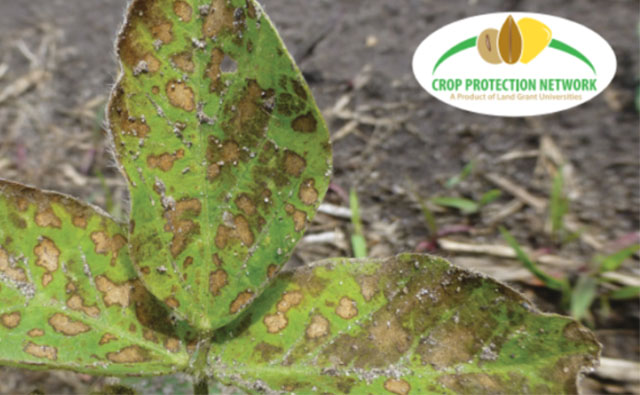Industry News, Fungicides, Agriculture & Feed, Adjuvants, Biopesticides
6 Tips for Collecting Samples for Diagnosis of Seedling Diseases and Disorders

Industry News, Fungicides, Agriculture & Feed, Adjuvants, Biopesticides

Seedling diseases and disorders are difficult to correctly diagnose in the field. If you are unsure of why your soybeans (or your customers’) do not look healthy, the Crop Protection Network recommends sending a seedling sample to your local diagnostic lab before implementing a disease management program. Obtaining an accurate diagnosis will allow you to determine the best management strategies for your soybean field.
Here are some tips to follow when collecting samples to submit to a diagnostic laboratory:
Symptoms include smaller root system with fewer secondary roots, along with light to dark brown lesions on the roots, sometimes extending to the hypocotyl. Infection can occur in a wide range of soil conditions.
Symptoms include rotten, mushy seedlings with poorly developed roots. Water-soaked lesions may be present on the hypocotyl or cotyledons. Infection is favored by wet conditions after planting and is typically a problem in cool soils in north central U.S. and Canada.
Symptoms include mushy and water-soaked stems and stunted or wilted seedlings. Infection is favored by wet conditions after planting, but is more common in warmer soils than Pythium species. Phytophthora sojae also can infect soybean at any point in the growing season.
Common symptoms are red-brown, dry sunken lesions on the seedling hypocotyl. Infection occurs over a wide range of soil conditions and typically does not occur after the seedling stage (V4).
Pre-emergence herbicides, especially PPO inhibitors and photosynthetic inhibitors (metribuzin), can injure seedlings, particularly when cool temperatures coincide with rain soon after emergence. Spotty necrosis can occur when rain splashes droplets of residual herbicide from the soil onto emerged seedlings.
The fungicide seed treatment fluopyram (ILeVO®; Bayer CropScience) can cause yellow-brown discoloration on cotyledons, but is not common on the trifoliate leaves. Environmental conditions and genetics may impact severity.
Frost and/or freeze damage will be evident several days after a frost event and will result in a brown-purple water-soaked appearance on the hypocotyl and cotyledon. Soil crusting may slow or prevent seedling emergence causing the seedling to die before emergence.
Environmental issues can be exacerbated by non-uniform planting depth and/or seed spacing in addition to incomplete closure of the seed furrow. This would result in a gap in a row where seedlings may be absent or only partially emerged.